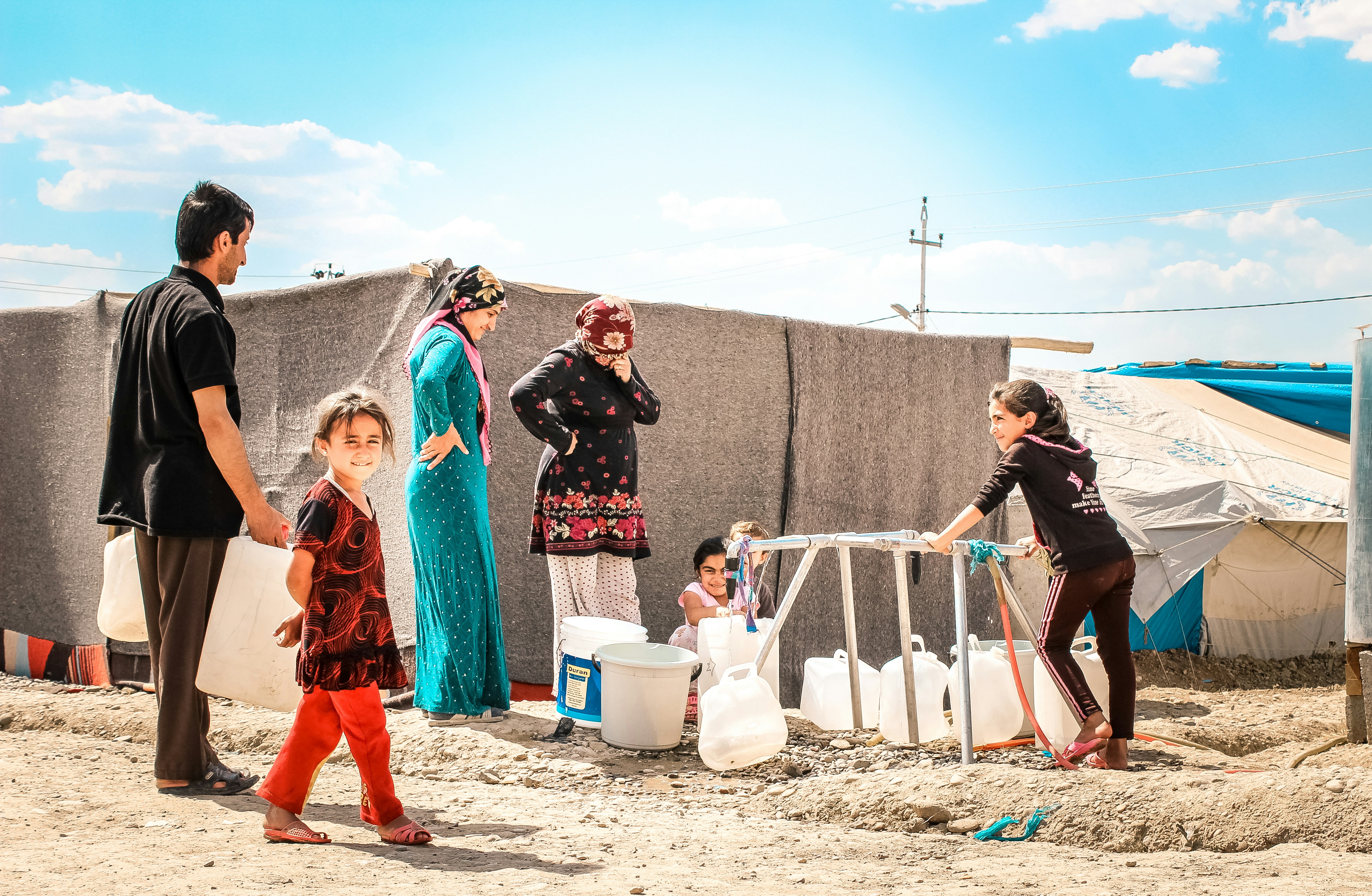Chinese Weapons Shine in India-Pakistan Clash: A New Era of Military Dynamics

Photo by Csiki Raymond on Unsplash
Overview of the India-Pakistan Military Engagement
The recent escalation of military tensions between India and Pakistan has been marked by a series of significant events that underscore the fragile security situation in the region. The immediate catalyst for the recent clashes was a terror attack in Indian-administered Kashmir, which resulted in the tragic loss of several Indian soldiers. This incident, attributed to Pakistan-based militant groups, ignited a wave of outrage within India, leading to calls for decisive military action against the perpetrators.
In a show of force and resolve, India launched a targeted military operation in response to the attack, aimed at dismantling the infrastructures that supported terrorism along its borders. This operation saw the deployment of advanced weaponry, including both domestic and imported systems, showcasing India’s growing defense capabilities. Various military assets, including air force units and ground troops, were mobilized to execute precision strikes on identified targets. Such actions have been interpreted as a significant escalation in India’s long-standing strategy of showcasing military strength in response to provocations.
Conversely, Pakistan’s military apparatus has been quick to respond, emphasizing its own military preparedness and retaliatory capabilities. This included showcasing its indigenous and imported weapon systems, employing both Western and Chinese technology in military planning and execution. In particular, Chinese weapons have increasingly found their way into Pakistan’s military strategy, enhancing its defensive posture amidst the evolving dynamics of the conflict. As both nations engage in a military buildup, the potential for further clashes raises concerns about stability in the region, necessitating an examination of the evolving military capabilities on both sides.
Performance of Chinese Weapons in Combat
The recent armed clash between India and Pakistan has drawn significant attention to the performance of Chinese weapon systems deployed by Pakistan, particularly the Chengdu J-10 fighter jets. This specific platform has been at the forefront of the conflict, showcasing its capabilities in a high-stakes environment. Designed to compete with advanced fighter jets, the J-10 has demonstrated impressive agility and combat effectiveness, making it a critical asset for the Pakistan Air Force.
Reports indicate that during this conflict, the Chengdu J-10 successfully engaged Indian air assets, including the advanced Rafale jets, which have been touted for their modern capabilities and technologies. Notably, the claim of an Indian Rafale being shot down marks a significant milestone for Pakistani forces, enhancing the perceived reliability and lethality of the Chinese fighter in combat scenarios. Such engagements elucidate the growing prowess of Chinese military technology in contested airspace, suggesting a shift in the regional balance of power.
The implications of these developments extend beyond immediate tactical gains. The performance of the Chengdu J-10 serves as a demonstration of China’s growing military collaboration with Pakistan and raises questions about future military engagements in the region. As Pakistan continues to integrate advanced Chinese weaponry into its armed forces, it could embolden its strategic posture against India, prompting both nations to reassess their military strategies and procurement policies. Moreover, the increasing reliance on foreign military technology may lead to a broader arms race, emphasizing the need for both nations to consider diplomatic avenues to mitigate tensions.
In conclusion, the capacity of Chinese weapons, particularly the Chengdu J-10, to perform effectively in combat against advanced Indian systems not only changes the landscape of military engagements but also underscores the evolving geopolitical dynamics in South Asia.
Implications for Regional Military Dynamics
The recent combat outcomes between India and Pakistan have given rise to significant implications for military strategies in South Asia, reshaping the existing dynamics of power and alliances in the region. Military analysts across both countries have expressed varying interpretations of the combat results, indicating a shift in military preparedness and strategy. The changing landscape prompts a reevaluation of defense postures, with India focusing increasingly on deterrence strategies while Pakistan reassesses its military tactics amid the notable support from China.
Indian military experts have highlighted the necessity to enhance indigenous defense capabilities and modernize existing forces. The conflict serves as a reminder of the evolving nature of warfare, particularly with the integration of advanced technologies, including drones and precision-guided munitions, which have become central to current military engagements. The reactions of Indian governmental officials reflect a strong resolve to bolster national defense through increased investments in research and development, along with a strategic pivot toward diversified sourcing of military equipment.
Conversely, Pakistan’s increasing reliance on Chinese military support underscores a strategic partnership that may bolster its defense apparatus. Analysts argue that this dynamic could not only enhance Pakistan’s military hardware capabilities but also influence the regional balance of power. China’s endorsement of Pakistan, particularly in light of the recent conflict, reinforces the narrative of a growing Sino-Pakistani alliance, prompting both countries to align their military strategies more closely. This alignment may have a substantial impact on future procurement strategies, as regional states might seek to balance against perceived threats through enhanced military cooperation.
As South Asia navigates these complex military dynamics, the interplay between India, Pakistan, and China will likely dictate the approach to national security and regional stability in the coming years, highlighting the importance of diplomatic engagements alongside military preparedness.
Conclusion: The Future of Military Engagement in South Asia
The recent conflict between India and Pakistan has illuminated a significant shift in military dynamics within South Asia, particularly regarding weaponry and defense strategies. The pivotal role played by Chinese weapons in this clash cannot be overlooked, as their successful performance has raised questions about future military engagements in the region. Both nations are likely to reassess their military capabilities in light of the advancements demonstrated by these foreign technologies, potentially leading to a new arms race that could further complicate the already fragile security situation.
One of the most pressing considerations moving forward is the strategic recalibrations that both India and Pakistan may undertake to counter the influence of Chinese military hardware. This could manifest in increased defense budgets, expanded military alliances, and a renewed focus on indigenous defense production. Consequently, the balance of power within South Asia is poised for transformation, with each country vying to maintain or enhance its strategic advantage.
Furthermore, the implications of this conflict extend beyond mere military engagement; they touch upon broader geopolitical relationships. As both India and Pakistan navigate their defense strategies, the involvement of external players, particularly China, will likely become more pronounced. This interplay could lead to not only heightened military tensions but also the development of new alliances that could shape the future landscape of South Asian security dynamics. In conclusion, the evolving nature of military confrontations in this region necessitates vigilant analysis as both nations, influenced by contemporary technological advancements, prepare for a potentially escalating military scenario.







